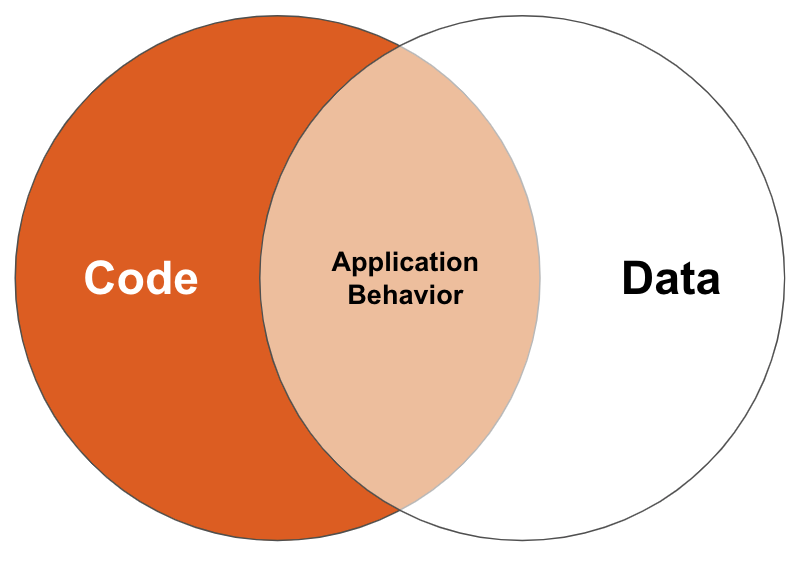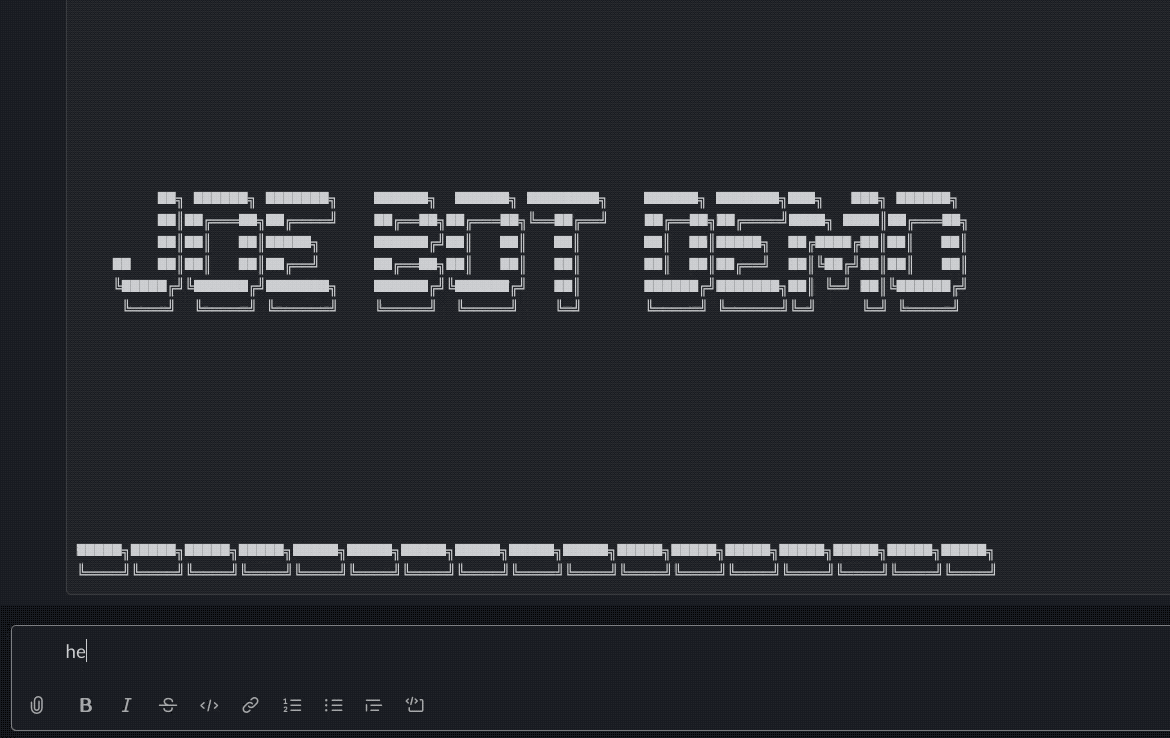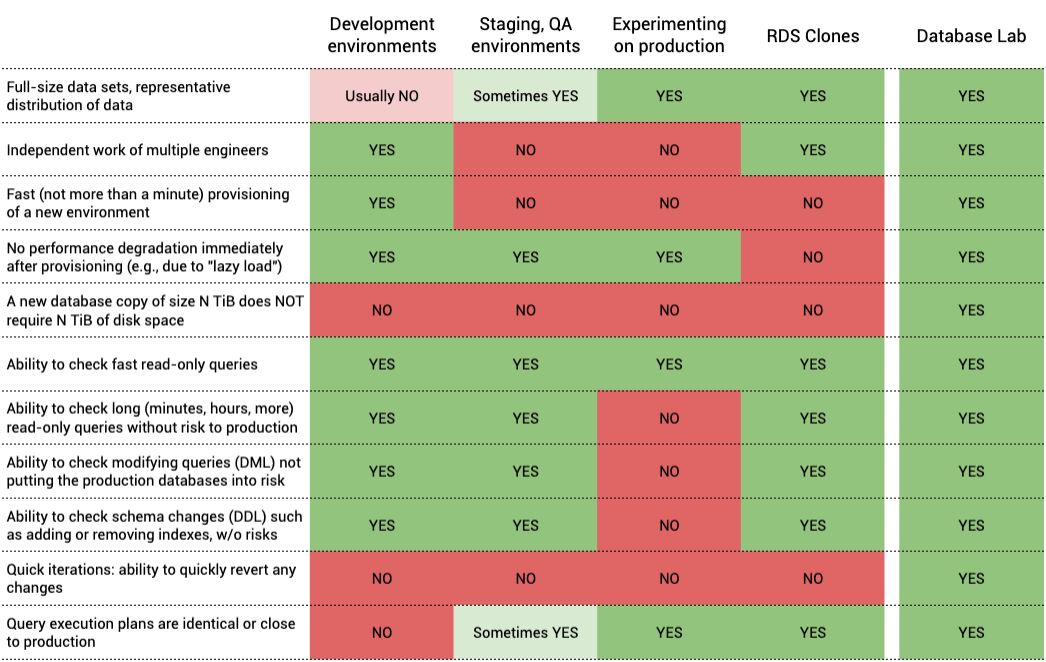Joe's new command hypo to further boost development processes
Building indexes for large tables may take a long time. The new release of Joe bot includes the ability to get a sneak peek of the SQL query plan, using hypothetical indexes, before proceeding to actually building large indexes.
A hypothetical index is an index that doesn't exist on disk. Therefore it doesn't cost IO, CPU, or any resource to create. It means that such indexes are created almost instantly.
With the brand new command, hypo, you can create hypothetical indexes with Joe and ensure that PostgreSQL would use them. Once it's done, you can use exec to build the actual indexes (in some cases, you'll need to wait some hours for this) and see the actual plan in action.
Note, since the command works on top of the HypoPG extension, your Database Lab image has to use a Docker image for Postgres that contains HypoPG, because this extension is not a part of the core PostgreSQL distribution. For convenience, we have prepared images with HypoPG (and some other extensions) included, for Postgres versions 9.6, 10, 11, and 12. Of course, you can always use your custom image.
To be able to see the plan without actual execution, we have added one more new command: plan. It is aware of hypothetical indexes, so if one is detected in the plan, it presents two versions of the plan, with and without HypoPG involved.




